Disclaimer: The content in this article is intended solely for licensed researchers and is for educational purposes only. The peptides discussed are not approved for human or animal use and should not be used for in vivo testing. This information is based on published scientific research and should not be considered medical advice.
CJC-1295 is a synthetic analog of growth hormone-releasing hormone (GHRH) that has garnered significant attention in the field of endocrinology and peptide research. This long-acting GHRH analog has been the subject of various studies exploring its potential effects on growth hormone (GH) secretion and insulin-like growth factor 1 (IGF-1) levels. As a research peptide, CJC-1295 offers a unique opportunity to investigate the intricate mechanisms of the growth hormone axis and its potential implications in various physiological processes.
Structure and Mechanism of Action
CJC-1295 is structurally similar to the first 29 amino acids of GHRH, with modifications that enhance its stability and half-life in the bloodstream. The peptide exists in two forms: CJC-1295 with Drug Affinity Complex (DAC) and without DAC. The DAC version, also known as CJC-1295 DAC, has a significantly longer half-life due to its ability to bind to endogenous albumin1.The primary mechanism of action of CJC-1295 involves stimulating the pituitary gland to increase the pulsatile release of growth hormone. This stimulation leads to a cascade of effects, including increased production of IGF-1 in the liver and other tissues. The prolonged action of CJC-1295, particularly the DAC version, allows for sustained elevation of GH and IGF-1 levels over an extended period2.
Pharmacokinetics and Pharmacodynamics
Research has demonstrated the unique pharmacokinetic profile of CJC-1295. In a study published in the Journal of Clinical Endocrinology & Metabolism, Teichman et al. (2006) reported:”After a single injection of CJC-1295, there were dose-dependent increases in mean plasma GH concentrations by 2- to 10-fold for 6 d or more and in mean plasma IGF-I concentrations by 1.5- to 3-fold for 9-11 d. The estimated half-life of CJC-1295 was 5.8-8.1 d.”3This prolonged effect is particularly noteworthy, as it suggests that CJC-1295 could potentially offer a more sustained stimulation of the GH/IGF-1 axis compared to shorter-acting GHRH analogs or native GHRH.
Effects on Growth Hormone and IGF-1 Levels
The primary focus of CJC-1295 research has been its ability to elevate GH and IGF-1 levels. Multiple studies have consistently demonstrated significant increases in both hormones following CJC-1295 administration.A study by Ionescu and Frohman (2006) in the Journal of Clinical Endocrinology & Metabolism found that:”CJC-1295 increased GH and IGF-I secretion for several days after a single administration, and weekly or biweekly dosing resulted in sustained elevations in both hormones.”4These findings suggest that CJC-1295 could potentially offer a more convenient dosing regimen in research settings compared to daily GHRH or GH administrations.
Potential Research Applications
The ability of CJC-1295 to stimulate the GH/IGF-1 axis has led researchers to explore its potential applications in various fields:
- Growth and Development: Given its effects on GH and IGF-1, CJC-1295 has been studied in the context of growth and development. Animal studies have shown promising results in promoting linear growth and increasing muscle mass5.
- Metabolism and Body Composition: The GH/IGF-1 axis plays a crucial role in metabolism and body composition. Research has indicated that CJC-1295 may influence fat metabolism and lean body mass in animal models6.
- Neuroprotection: Emerging research suggests a potential role for GH and IGF-1 in neuroprotection. A study by Bick et al. (2020) in the journal Frontiers in Neuroscience noted:
“Growth hormone (GH) and insulin-like growth factor-1 (IGF-1) play important roles in neuroprotection, neuroregeneration, and cognitive function.”7
While this study did not specifically investigate CJC-1295, it highlights the potential importance of GH/IGF-1 axis stimulation in neurological research.
- Tissue Repair and Regeneration: The anabolic effects of GH and IGF-1 have led researchers to investigate the potential of CJC-1295 in tissue repair and regeneration studies. In vitro studies have shown promising results in promoting cell proliferation and survival8.
Safety Profile and Considerations
In the limited human studies conducted, CJC-1295 has demonstrated a relatively favorable safety profile. Teichman et al. (2006) reported:”No serious adverse reactions were reported.”3
However, it’s crucial to note that these studies were short-term and involved healthy subjects. The long-term effects and safety profile of CJC-1295 in various populations remain to be fully elucidated.
Potential areas of concern that warrant further investigation include:
- Effects on glucose metabolism: GH is known to have diabetogenic effects, and prolonged stimulation of the GH/IGF-1 axis could potentially impact glucose homeostasis.
- Tumor growth: Given the mitogenic properties of IGF-1, there are theoretical concerns about the potential promotion of tumor growth, particularly in individuals with pre-existing malignancies.
- Hormonal imbalances: Prolonged stimulation of the GH/IGF-1 axis could potentially lead to imbalances in other hormonal systems, including thyroid and reproductive hormones.
Future Research Directions
While the current body of research on CJC-1295 is promising, there are several areas that warrant further investigation:
- Long-term effects: Most studies on CJC-1295 have been relatively short-term. Long-term studies are needed to fully understand the sustained effects and safety profile of this peptide.
- Comparative studies: Research comparing CJC-1295 to other GHRH analogs and GH secretagogues could provide valuable insights into its relative efficacy and safety.
- Mechanism of action: While the primary mechanism of CJC-1295 is understood, further research into its effects on various tissues and cellular pathways could uncover additional applications.
- Combination therapies: Investigating the potential synergistic effects of CJC-1295 with other peptides or compounds could open new avenues for research.
- Tissue-specific effects: More detailed studies on the effects of CJC-1295 on specific tissues, such as muscle, bone, and neural tissue, could provide insights into its potential applications in various fields of medical research.
Conclusion
CJC-1295 represents a fascinating area of peptide research, offering a unique tool for investigating the GH/IGF-1 axis and its wide-ranging physiological effects. Its ability to provide sustained stimulation of GH and IGF-1 levels makes it a valuable compound for studying various aspects of growth, metabolism, and tissue repair.
However, it’s crucial to emphasize that CJC-1295 is a research peptide and is not approved for human or animal use outside of controlled research settings. The potential benefits observed in laboratory studies must be weighed against the unknowns, particularly regarding long-term effects and safety.
As research continues, CJC-1295 may provide valuable insights into the complex interplay of growth factors and their effects on human physiology. These insights could potentially pave the way for new therapeutic approaches in the future, but much work remains to be done to fully understand the capabilities and limitations of this intriguing peptide.References:
- Jetté, L., Léger, R., Thibaudeau, K., Benquet, C., Robitaille, M., Pellerin, I., … & Bridon, D. P. (2005). Human growth hormone-releasing factor (hGRF)1-29-albumin bioconjugates activate the GRF receptor on the anterior pituitary in rats: identification of CJC-1295 as a long-lasting GRF analog. Endocrinology, 146(7), 3052-3058.
- Ionescu, M., & Frohman, L. A. (2006). Pulsatile secretion of growth hormone (GH) persists during continuous stimulation by CJC-1295, a long-acting GH-releasing hormone analog. The Journal of Clinical Endocrinology & Metabolism, 91(12), 4792-4797.
- Teichman, S. L., Neale, A., Lawrence, B., Gagnon, C., Castaigne, J. P., & Frohman, L. A. (2006). Prolonged stimulation of growth hormone (GH) and insulin-like growth factor I secretion by CJC-1295, a long-acting analog of GH-releasing hormone, in healthy adults. The Journal of Clinical Endocrinology & Metabolism, 91(3), 799-805.
- Ionescu, M., & Frohman, L. A. (2006). Pulsatile secretion of growth hormone (GH) persists during continuous stimulation by CJC-1295, a long-acting GH-releasing hormone analog. The Journal of Clinical Endocrinology & Metabolism, 91(12), 4792-4797.
- Alba, M., Fintini, D., Sagazio, A., Lawrence, B., Castaigne, J. P., Frohman, L. A., & Salvatori, R. (2006). Once-daily administration of CJC-1295, a long-acting growth hormone-releasing hormone (GHRH) analog, normalizes growth in the GHRH knockout mouse. American Journal of Physiology-Endocrinology and Metabolism, 291(6), E1290-E1294.
- Sackmann-Sala, L., Ding, J., Frohman, L. A., & Kopchick, J. J. (2009). Activation of the GH/IGF-1 axis by CJC-1295, a long-acting GHRH analog, results in serum protein profile changes in normal adult subjects. Growth Hormone & IGF Research, 19(6), 471-477.
- Bick, S. K., Patel, K. S., Kaplan, S. L., & Zada, G. (2020). The Role of Growth Hormone in Neuroprotection and Cognitive Function. Frontiers in Neuroscience, 14, 578119.
- Dumont, N. A., Bentzinger, C. F., Sincennes, M. C., & Rudnicki, M. A. (2015). Satellite cells and skeletal muscle regeneration. Comprehensive Physiology, 5(3), 1027-1059.
- Møller, N., & Jørgensen, J. O. L. (2009). Effects of growth hormone on glucose, lipid, and protein metabolism in human subjects. Endocrine Reviews, 30(2), 152-177.
- Pollak, M. (2008). Insulin and insulin-like growth factor signalling in neoplasia. Nature Reviews Cancer, 8(12), 915-928.
- Giustina, A., & Veldhuis, J. D. (1998). Pathophysiology of the neuroregulation of growth hormone secretion in experimental animals and the human. Endocrine Reviews, 19(6), 717-797.

